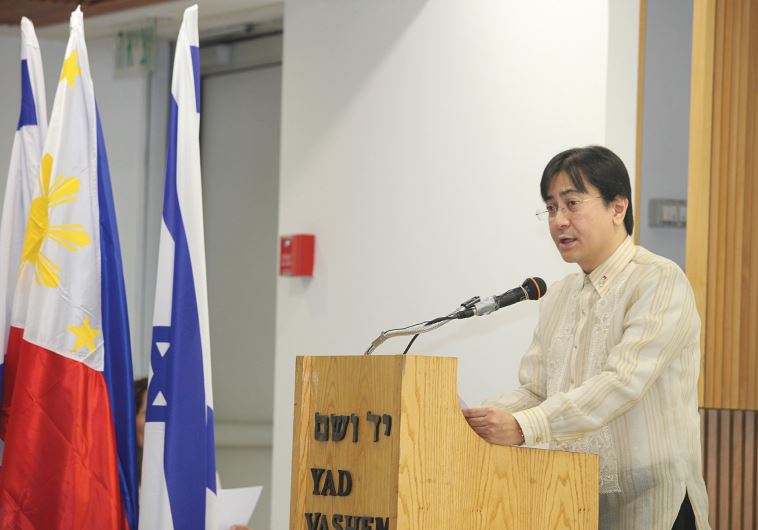Yad Vashem conference reveals Philippine efforts to save Jews during Holocaust
Philippines Ambassador to Israel Nathaniel G. Imperial spoke at a commemorative event at Yad Vashem on Tuesday.
 PHILIPPINE AMBASSADOR to Israel Nathaniel Imperial delivers an address at a Yad Vashem (photo credit: ISAAC HARARI)
PHILIPPINE AMBASSADOR to Israel Nathaniel Imperial delivers an address at a Yad Vashem (photo credit: ISAAC HARARI)